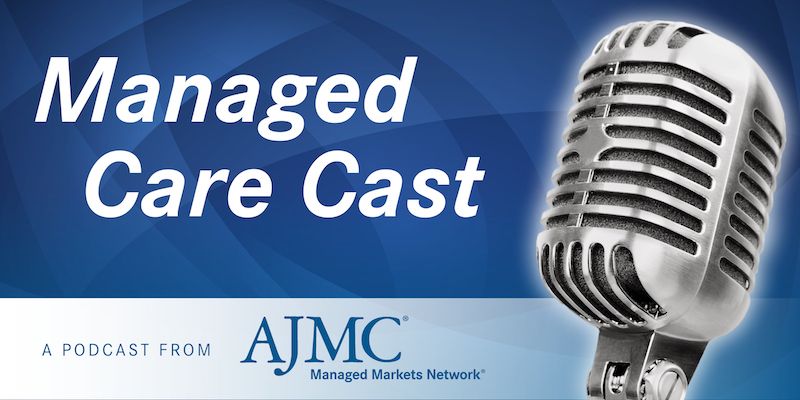Article
Low-Dose Theophylline Not Effective at Reducing COPD Exacerbations, Study Finds
Author(s):
Oral theophylline has been used as a bronchodilator to treat chronic obstructive pulmonary disease (COPD) for decades, but it has fallen out of favor due to the side effects that come with the higher doses that are required to achieve any beneficial effect. A recent study sought to determine if adding low-dose theophylline to inhaled corticosteroids for COPD would reduce the number of exacerbations.
Oral theophylline has been used as a bronchodilator to treat chronic obstructive pulmonary disease (COPD) for decades, but it has fallen out of favor due to the side effects that come with the higher doses that are required to achieve any beneficial effect, as well as the advancement of improved drug treatment. However, due to its low expense, theophylline is still used around the world. A recent study sought to determine if adding low-dose theophylline to inhaled corticosteroids for COPD would reduce the number of exacerbations, and found that it did not.
JAMA published results of a randomized clinical trial that included 1567 participants with COPD treated with inhaled corticosteroids.1 Participants were randomized to receive low-dose theophylline (200 mg once or twice per day) to provide plasma concentrations of 1 to 5 mg/L (n = 791) or receive placebo (n = 787).
Of the 1567 participants analyzed, the average age was 68.4 years and 54% (843) were men. Participants had a ratio of forced expiratory volume in the first second to forced vital capacity (FEV1/FVC) of less than 0.7 with at least 2 exacerbations (treated with antibiotics, oral corticosteroids, or both) in the previous year and were using an inhaled corticosteroid.
The addition of theophylline did not significantly reduce the mean number of exacerbations compared with placebo over a 1-year period, the study found.
In total, there were 3430 exacerbations: 1727 in the theophylline group (mean, 2.24 [95% CI, 2.10-2.38] exacerbations per year) versus 1703 in the placebo group (mean, 2.23 [95% CI, 2.09-2.37] exacerbations per year); unadjusted mean difference, 0.01 (95% CI, −0.19 to 0.21) and adjusted incidence rate ratio, 0.99 (95% CI, 0.91-1.08).
Serious adverse events in the theophylline and placebo groups included cardiac (2.4% vs 3.4%, respectively), gastrointestinal (2.7% vs 1.3%), and adverse reactions such as nausea (10.9% vs 7.9%) and headaches (9.0% vs 7.9%).
The Global Initiative for Chronic Obstructive Lung Disease (GOLD) guideline does not recommend the use of theophylline unless other long-term treatment bronchodilators are unavailable or unaffordable. However, GOLD does not dismiss the use of low-dose theophylline, highlighting that the clinical relevance of low-dose theophylline has not been fully established and that clinical evidence, particularly on exacerbations, is limited and contradictory.
By 2020, COPD, which is largely preventable and often stems from smoking, is expected to be the third-leading cause of death.
In an accompanying editorial, 2 physicians called the results “disappointing,” noting that the drug is inexpensive.2 They wrote that interest in theophylline to prevent exacerbations stems from its possible anti-inflammatory properties. However, those findings rely on higher plasma concentrations than those tolerated by patients.
References
1. Devereux G, Cotton S, Fielding S, et al. Effect of theophylline as adjunct to inhaled corticosteroids on exacerbations in patients with COPD. JAMA. 2018;320(15):1548-1559. doi:10.1001/jama.2018.14432
2. Criner GJ, Celli BR Failure of low-dose theophylline to prevent exacerbations in patients with COPD. JAMA. 2018;320(15):1541-1542. doi:10.1001/jama.2018.14295
Newsletter
Stay ahead of policy, cost, and value—subscribe to AJMC for expert insights at the intersection of clinical care and health economics.





